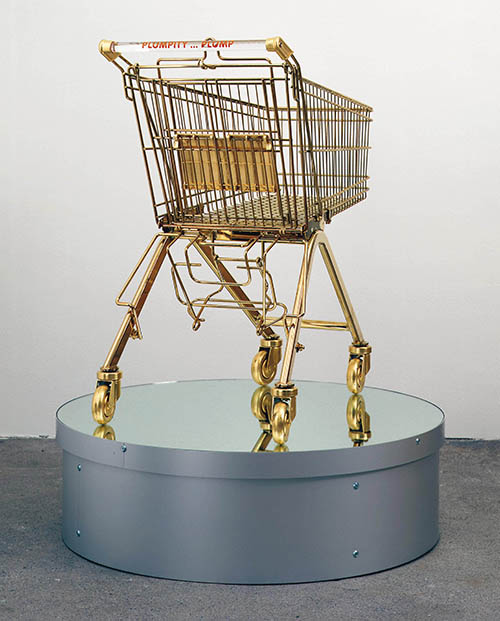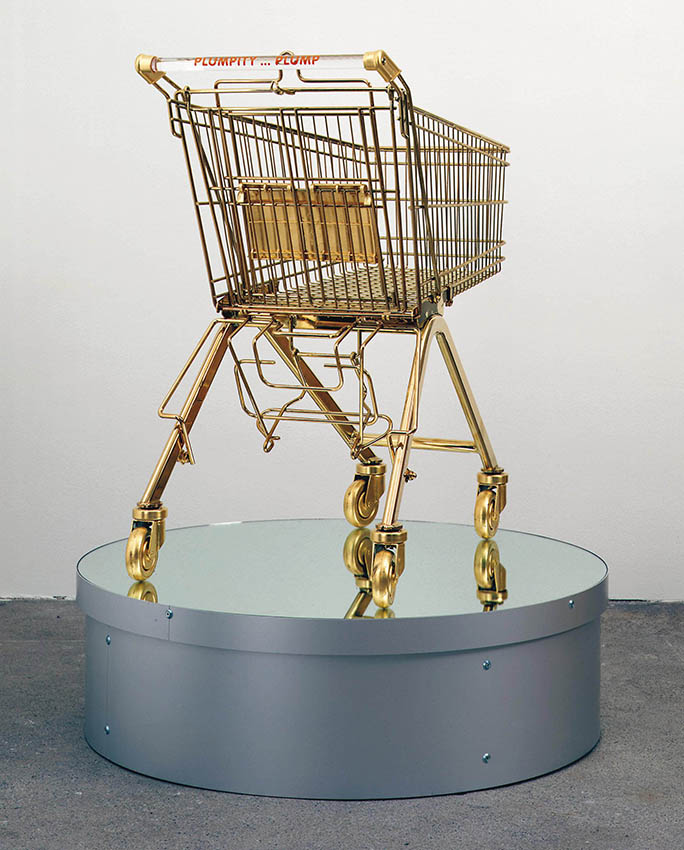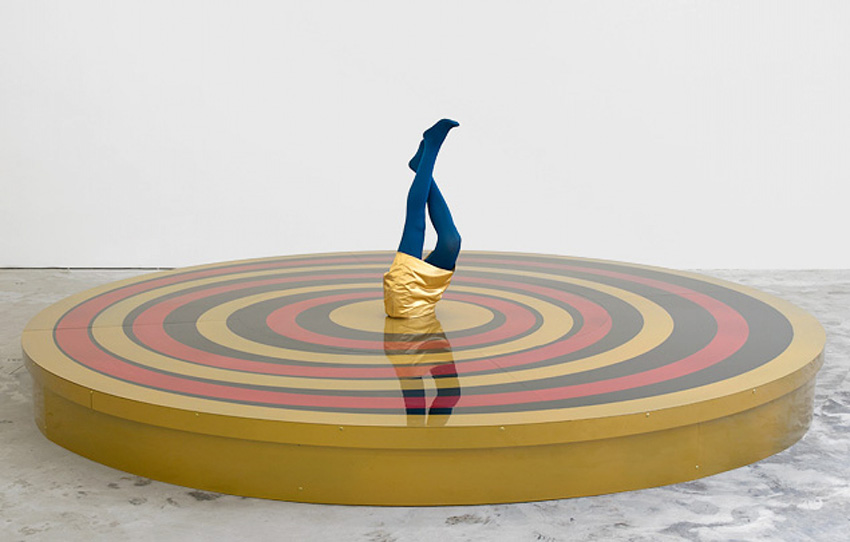
Sylvie Fleury. Can fashion and modern art work together?
ArtWizard, 17.06.2019
“I show the objects as they appear. In this way, I describe the mechanisms that make them what they are”
Born in Geneva in 1961, best known for her installations and made famous in the late eighties by exhibiting her shopping-bags sculptures. In 1989, a little by chance it is the artist Olivier Mosset who has an international reputation and launched Sylvie Fleury. Upon his withdrawal from the art scene, Sylvie replaces him very quickly, with her famous Shopping Bags installation that has truly make her career take off. She gives birth to her works in a Geneva house that is curiously called “Villa Magica”.
Sylvie Fleury is elegant, luxurious and often resembles a figure from the world of advertising. In the same natural way, she presents luxury objects as artworks. Fleury exposes collections of ladies' shoes, promotional packaging of renowned boutiques, artworks with advertising inscriptions presenting expensive cosmetics. The appearance of her work and the impression that it is part of the glamorous consumer world is contrary to the expectations that artists should be critical of the commercial society. Sooner or later, however, we come to the question of whether the works are so unique or there is more to them than what is seen at first glance. And then we begin to notice their provocation. Including expensive accessories, such as “Chanel” perfumes in the context of art, Fleury actually puts them at the level of art itself.
According to the artist, artworks as well as cosmetic products are of different quality and compete according to market mechanisms. Although the art market is small compared to luxury goods, the criteria that determine the success or failure of one or another luxury product suddenly prove to be the same in Fleury ‘s artistic interpretation.
Sylvie Fleury presents for example luxurious American cars (symbol and cliché of an American life, but also a vehicle commonly imported in Switzerland), cosmetics and her famous Shopping Bags. These elements often linked to each other, highlight the processes of aesthetisation at play, of fascination. The viewer thus finds the motifs of stylised flames that adorn certain automobiles as the concept of customising, and more particularly that of tuning for automobiles, included in wall paintings, car key holders featuring fashion brands, for example the 1967 Chevrolet and its keychain Chanel, cars "made up" by Fleury, that is to say, covered with pink paint as in Skin Crimes 1997 or carmine paint such as the compressed carcasses of Hot Heels 1998, the colours of the nail polish, tubes of lipstick such as the giant sculptures, in the Hot Heels installation and eye shadows as works of art such as Performance Chanel Eyeshadows, 1993.
Many of Sylvie Fleury's works are covered with paint, or “long-haired” synthetic fur, according to a principle of "upholstery", which according to Markus Brüderlin, highlights the decorative process in industrial production and the diversion of works of art as a simple motif for design. As an example, Sylvie Fleury's works take up the motif of the paintings of the painter Mondrian: by covering the coloured rectangles with coloured fur, or as a decorative motif of a series of boots. This artistic angle of Fleury is also reminiscent of Mondrian's paintings, which are included in some L'Oréal brand cosmetics logos.
The works of Sylvie Fleury are emblematic for the development of the Contemporary Art, as they are generally based on the exhibition of a priori objects invested in society with a strong aesthetic value and a sentimental attachment such as sexual or fetishistic objects like installations or photographs of heeled shoes - Carwash, 1995, and the very emblematic for the artist exhibition of luxurious American automobiles (often repainted, sometimes compressed), sculptures representing sticks of giant lipsticks, rockets ... In these works, we often find identical shades from the palette of makeup products, and synthetic fur (bright colours and long hairs) that cover the objects.







